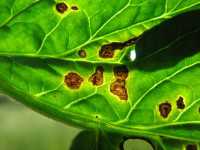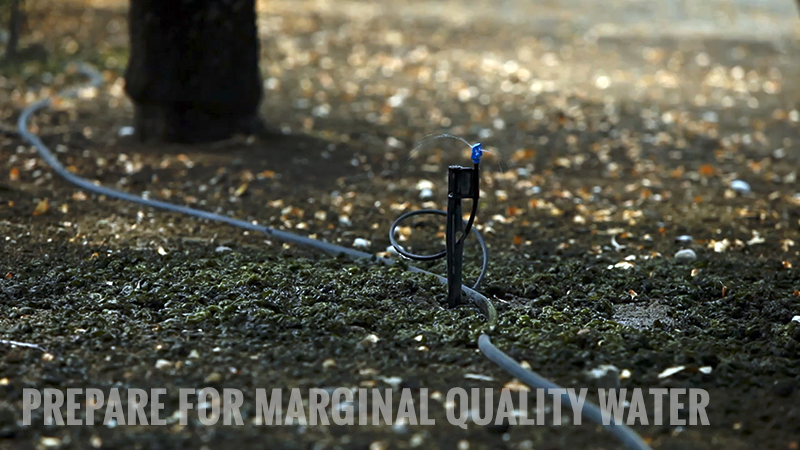Bacterial Speck Outbreak Confirmed

Bacterial speck of tomato, caused by Pseudomonas syringae pv. tomato, is a disease of increasing importance to Florida fresh-market tomato production.
Particularly puzzling were the stem lesions associated with the disease as well as the aggressiveness and extensive foliar blighting associated with the outbreak. There has been a progression of symptoms on tomato in the past three weeks with severity increasing over time from initial stem lesions, progressively worsening leaf spots, blighting and now fruit infections. Initially the problem was isolated to several farms along CR 858 in Immokalee.
Dr. Pam Roberts and other UF/IFAS Pathologists including Dr. Gary Vallad, Dr. Carrie Harmon and Dr. Jeff Jones began receiving samples about three weeks ago and samples collected from a field visit last Monday followed by last Friday’s field visit viewing several fields around Immokalee. Fruits symptoms seen on farm visits around Immokalee on Friday are also typical of bacterial speck.
Results from the tomato outbreak: at least two independently collected and isolated bacterial samples from two labs (including the Gainesville Clinic) from tomato were sent to the fatty acid lab run by Ellen Dickstein and both were positive for Pseudomonas-syringae– pv. tomato (bacterial speck) by Fatty acid analysis, thus confirming preliminary lab tests.
At the conclusion of our visit, it was decided that it would be appropriate to explore the possibility of obtaining an Emergency Section 18 label for one of the antibiotic compounds, such as Kasugamycin, known to have activity against bacterial pathogens in hope of providing growers with some assistance in battling this outbreak. There are still some unknown bacterial samples which are outstanding and may be contributing in some way to the symptoms observed. Further diagnostic and pathogenicity testing is under way.
The heavy rains (3 to 7 inches) and winds (20 to 25 mph with even higher gusts) experienced on March 11-13 aided the spread and increased the severity of the symptoms.
Tentative field diagnosis of bacterial speck is best accomplished by inspection of fruit symptoms. Speck lesions on green fruit are small, sunken, black spots surrounded by darker green haloes. On ripe fruit, spots are dark brown to black, superficial flecks.
Foliage symptoms of bacterial speck are much more difficult to distinguish from other diseases. The leaf spots are small, black lesions surrounded by prominent chlorotic (yellow) haloes. These haloes are quite large, averaging twice the size of the necrotic tissue they surround. Bacterial speck lesions are very superficial and do not crack or become scaly like spot. In the current outbreak, leaf spotting is severe and numerous and in advanced infections have coalesced in to a leaf blight with subsequent death of lower leaves.
Pesticides applied for bacterial spot control, should also provide some bacterial speck control. Resistance to copper exists, and therefore copper/manzate may be only partially effective in reducing the impact of susceptible strains.
In the current outbreak, there has been little or no visible control on plants treated with copper.
Dr. Jones advises that Actiguard (Acibenzolar-S-methyl, Syngenta) may help reduce or prevent infections in uninfected fields. Recommended rate is 1/3 oz per acre and should be applied weekly. In fields where infections are widespread and severe, it may provide little or no benefit.
Growers also should practice good sanitation as movement of people, equipment and harvest aids between infected fields and non-infected fields could potentially move infections from field to field.
For more information, contact Gene McAvoy, UF/IFAS Hendry County Extension director in LaBelle.










